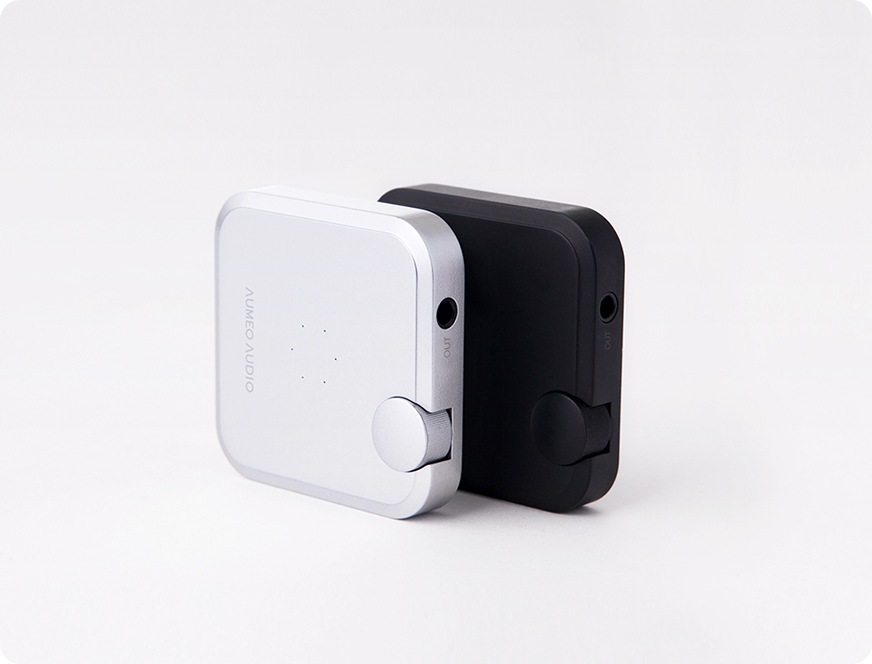Project Overview
Develop a scalable e-commerce platform with a Progressive Web App (PWA) feature, enabling offline access, real-time inventory management, and personalized recommendations. The platform will cater to small to large-scale businesses, offering a seamless shopping experience across devices..
Implementation of Development
- Technology Stack
- Frontend:
- HTML5, CSS3, JavaScript (ES6+).
- React.js or Angular for a dynamic and responsive user interface.
- Service Workers for PWA features.
- Backend:
- Node.js with Express.js for scalable server-side logic.
- RESTful API for client-server communication.
- Real-time inventory management with WebSockets or MQTT.
- Database:
- MongoDB or PostgreSQL for handling product data and user information.
- Redis or Memcached for caching.
- PWA Implementation:
- Service Workers: Enable offline capabilities and background sync.
- Web App Manifest: Allows the website to be installed as a native app.
- Push API: For handling push notifications.
- AI/ML for Recommendations:
- TensorFlow.js or a similar framework for on-site AI-powered recommendations.
- Integration with third-party recommendation engines if necessary.
- Security:
- OAuth 2.0 for secure user authentication.
- HTTPS with SSL certificates for secure data transmission.
- Data encryption at rest and in transit.
- Development Phases
- Phase 1: Requirements Gathering & Planning
- Define project scope, user stories, and technical requirements.
- Create wireframes and UI/UX designs.
- Plan the development sprints and set up the project management tools.
- Phase 2: Frontend & Backend Development
- Develop the user interface with responsive design principles.
- Implement the backend APIs for user management, product handling, and order processing.
- Integrate the payment gateway and inventory management system.
- Phase 3: PWA Features Implementation
- Add service workers for offline functionality.
- Implement push notifications and web app manifest.
- Test PWA features across different devices and browsers.
- Phase 4: AI/ML Integration for Recommendations
- Develop or integrate a recommendation engine.
- Implement personalized content delivery on the front-end.
- Phase 5: Testing & Deployment
- Conduct unit, integration, and user acceptance testing.
- Optimize for performance, security, and SEO.
- Deploy the platform on a cloud hosting service with continuous integration and continuous deployment (CI/CD) pipelines.
- Phase 6: Post-Launch Monitoring & Support
- Monitor user activity and platform performance.
- Provide ongoing maintenance, updates, and feature enhancements.
This comprehensive approach ensures that the e-commerce platform is robust, scalable, and user-friendly, providing a seamless shopping experience while showcasing your company’s technical expertise.
Here’s a detailed breakdown of the technologies used for each feature, divided into front-end and back-end components:
- User Management
- Front-end:
- React.js/Angular: For building user interfaces and managing user sessions.
- Redux/MobX (for React): For state management, handling user data across the application.
- HTML5/CSS3: For structuring and styling the user forms (login, registration, profile).
- Back-end:
- Node.js with Express.js: For handling user authentication, session management, and role-based access control.
- JWT (JSON Web Tokens): For securing API endpoints and managing user sessions.
- MongoDB/PostgreSQL: For storing user data, profiles, and role assignments.
- OAuth 2.0: For social media login integrations.
- Product Management
- Front-end:
- React.js/Angular: For rendering product listings, detail pages, and product management dashboards.
- GraphQL or RESTful API: For efficient data fetching and managing product data.
- Material-UI/Bootstrap: For UI components, modals, and product cards.
- Back-end:
- Node.js with Express.js: For API development, managing product CRUD operations (Create, Read, Update, and Delete).
- MongoDB/PostgreSQL: For storing product information, categories, and inventory levels.
- Cloudinary/AWS S3: For managing and storing product images.
- Shopping Cart & Checkout
- Front-end:
- React.js/Angular: For managing the shopping cart, checkout process, and real-time updates.
- Context API/Redux/MobX: For handling cart state and synchronizing data across the application.
- Stripe/PayPal SDKs: For integrating payment gateways directly into the checkout UI.
- HTML5/CSS3: For structuring the checkout forms and cart interface.
- Back-end:
- Node.js with Express.js: For processing orders, payment transactions, and cart management.
- Stripe/PayPal APIs: For secure payment processing and transaction management.
- MongoDB/PostgreSQL: For storing order details, transaction history, and cart data.
- Webhook Integrations: For handling payment notifications and order confirmations.
- Real-time Inventory Management
- Front-end:
- React.js/Angular: For displaying real-time stock levels and updates on product pages.
- WebSockets/GraphQL Subscriptions: For real-time data updates without needing to refresh the page.
- HTML5/CSS3: For designing dynamic stock indicators and alerts.
- Back-end:
- Node.js with Express.js: For managing inventory operations, stock updates, and alerts.
- MongoDB/PostgreSQL: For real-time inventory tracking and management.
- WebSockets: For sending real-time stock level updates to the front end.
- Redis: For caching inventory data to improve performance.
- PWA Features
- Front-end:
- React.js/Angular: For building the responsive, dynamic user interface.
- Service Workers: For enabling offline capabilities, caching resources, and background sync.
- Web App Manifest: For defining the app’s metadata (icons, start URL, display mode) and enabling home screen installation.
- Push API: For handling push notifications to engage users.
- Back-end:
- Node.js with Express.js: For managing service worker registrations and push notifications.
- Firebase Cloud Messaging (FCM)/OneSignal: For sending push notifications.
- MongoDB/PostgreSQL: For storing user preferences related to PWA features.
- Varnish/Nginx: For reverse proxy caching to optimize load times.
- Personalized Recommendations
- Front-end:
- React.js/Angular: For dynamically rendering personalized product suggestions and content.
- GraphQL or RESTful API: For fetching personalized recommendations from the server.
- TensorFlow.js: For client-side machine learning to adjust recommendations based on real-time behavior.
- Back-end:
- Python with TensorFlow/Keras: For building machine learning models for recommendation engines.
- Node.js with Express.js: For serving recommendation data via APIs.
- MongoDB/PostgreSQL: For storing user behavior data, purchase history, and recommendation data.
- Apache Kafka: For real-time data streaming and processing user interactions to update recommendations.
- Order Management
- Front-end:
- React.js/Angular: For displaying order history, tracking information, and order management UI.
- HTML5/CSS3: For structuring and styling order details pages and tracking interfaces.
- Redux/MobX: For managing order state and synchronizing data with the back end.
- Back-end:
- Node.js with Express.js: For handling order processing, status updates, and tracking information.
- MongoDB/PostgreSQL: For storing order history, tracking numbers, and payment details.
- Third-Party APIs (e.g., UPS, FedEx): For integrating shipping and tracking services.
- Microservices Architecture: For handling different order-related operations independently.
- Customer Support
- Front-end:
- React.js/Angular: For building the live chat interface, FAQ section, and support ticket forms.
- Socket.io: For real-time chat functionality between customers and support agents.
- HTML5/CSS3: For structuring and styling the support pages and chat interface.
- Back-end:
- Node.js with Express.js: For managing support tickets, chat logs, and customer queries.
- Socket.io: For real-time communication between the customer and support agents.
- MongoDB/PostgreSQL: For storing customer support tickets, chat logs, and FAQ data.
- Zendesk/Freshdesk API Integration: For extended support ticket management and CRM integration.
- Analytics & Reporting
- Front-end:
- React.js/Angular: For displaying dashboards, charts, and real-time analytics data.
- Chart.js/D3.js: For rendering data visualizations, charts, and graphs.
- Redux/MobX: For managing state and synchronizing real-time data across components.
- Back-end:
- Node.js with Express.js: For collecting and processing analytics data.
- MongoDB/PostgreSQL: For storing sales data, user behavior logs, and inventory analytics.
- Google Analytics API: For integrating Google Analytics data into custom dashboards.
- Elastic search: For powerful searching, logging, and analytics on large datasets.
This technology stack ensures a robust, scalable, and feature-rich e-commerce platform that leverages the best tools and frameworks for front-end and back-end development. It also highlights your company’s ability to deliver comprehensive solutions across different platforms and technologies.


